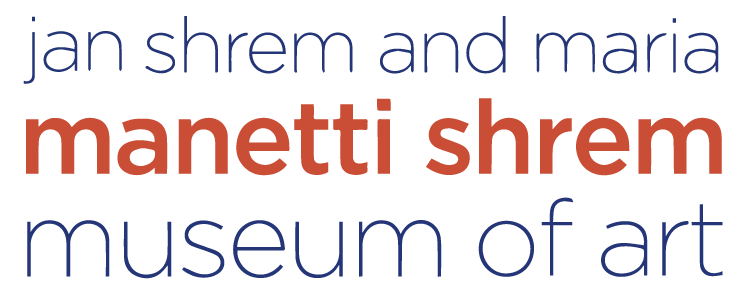The exploitation and colonization of the Americas is a foundational moment that Chicana/o/x artists like Montoya interrogate in print. From the revisionist narrative of Christopher Columbus as an infectious enslaver to the ever-present realities of a colonized world, Chicana/o/x question the paradoxical limitations of political borders and the effects of empire. Embracing a variety of texts from colonial archival documents, Chilean poetry and Aztec symbols, these artists reference the robust historical legacies of the land and its visitors through a lyrical condemnation of exclusion and honor those that dare to challenge artificial borders.
Resources
Professor Robert Irwin’s research interests include Mexican and Mexican American studies, migration and border studies, gender and sexuality studies, cultural and media studies, and digital storytelling. He teaches in the UC Davis Department of Spanish and Portuguese and is the founding member and deputy director of the university’s Global Migration Center. The following are his recommendations for a deeper dive into border studies and their connections to the arts.
- An influential manifesto by pioneering Chicano art critic Tomás Ybarra Frausto
“Rasquachismo: A Chicano Sensibility” (1984) - Gloria Anzaldúa’s emblematic poem, “To Live in the Borderlands Means You”
- Stefan Falke’s website includes artist profiles, podcasts and feature stories on exhibitions centered on US-Mexico borderlands artists.
La Frontera: Artists Along the U.S. - Mexico Border - Keywords relevant to border studies: New Keywords: Migration and Borders
- Website of Sonia Guiñansaca, an emerging queer migrant poet, cultural organizer and social justice activist best known for her poetry chapbook Nostalgia and Borders (2016). The website includes audiovisual materials: interviews, poetry readings.
- The Border Chronicle
